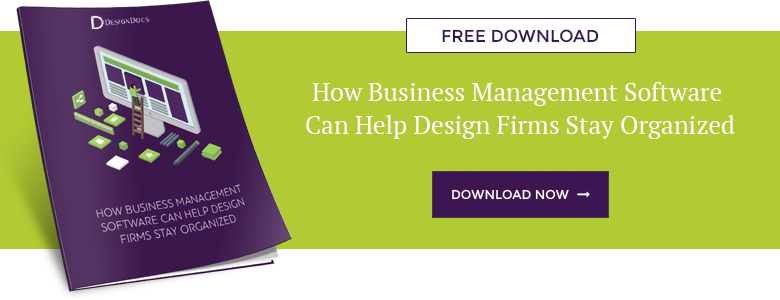Interior designers often have strengths that lie outside of accounting. Some may have such a dislike of accounting that they try to avoid it altogether. However, accounting is incredibly important for any interior design firm—and knowing how to do it well is vital for your firm’s success. It does not have to be difficult though! Follow these tips on the do’s and don’ts for interior design accounting, and you will find accounting a breeze in no time.
Do: Use Purchase Orders
Is your firm using purchase orders to facilitate your accounting process? If not, you should be. Purchase orders are generated whenever you order something for a project, and using them can ease the tracking of vendor’s invoices. Send your supplier a PO with your order. This can help them put your order together, and it certainly makes it easier for you when you check over their packing list: Simply compare the list to your PO and any errors will become immediately apparent. The PO can also help track the invoice through accounting. By entering the PO in your system, you can see the elements tied to it—and whether or not it has been paid.
Don’t: Leave Things for Later
It is all too tempting for busy interior designers to simply say, “I’ll do it later,” especially when it comes to small and seemingly inconsequential tasks such as filing receipts or tallying the hours you have spent on a project. These small things, however, can become a big problem later on. If you have left adding up your hours until you need to bill a client, you will have to estimate your time on the project—and you will likely underestimate. Over time, that translates into lost profit. The same thing happens with small expenses; receipts are lost, misplaced, or simply forgotten about. Even if you can find them, you may have a large backlog that will take hours to input.
Do: Be Meticulous
When you are designing a space, you pay attention to the fine details; after all, it can be the smallest of touches that truly tie a vision together. Do the same with interior design accounting: Look to the details and be meticulous. Enter all of your expenses when they happen; that way nothing will be forgotten and you will not have to spend hours entering in expenses from the last two or three months. You will also have a clearer picture of where your firm stands on a day-to-day basis. Also be meticulous about tracking when payments are due, using purchase orders, and checking supplier invoices.
Don’t: Use Generic Accounting Software
Many interior design firms make the mistake of believing that generic accounting software can fulfill the needs of their organization. While such software may indeed get the job done, it can actually hinder your accounting process. Generic software is not built to handle the idiosyncrasies of interior design accounting, and so it can be frustrating to do almost anything—from running a report to properly entering a retainer fee or deposit. Generic accounting software also forces you to use more than one program to do everything your firm needs to accomplish.
Do: Use Interior Design Business Software
Rather than opting for generic accounting software, spring for interior design business software. Not only are these software suites built to handle interior design accounting, but they also provide firms with integrated functions that allow them to manage a project from end to end. That translates into more effective and efficient use of your time.




